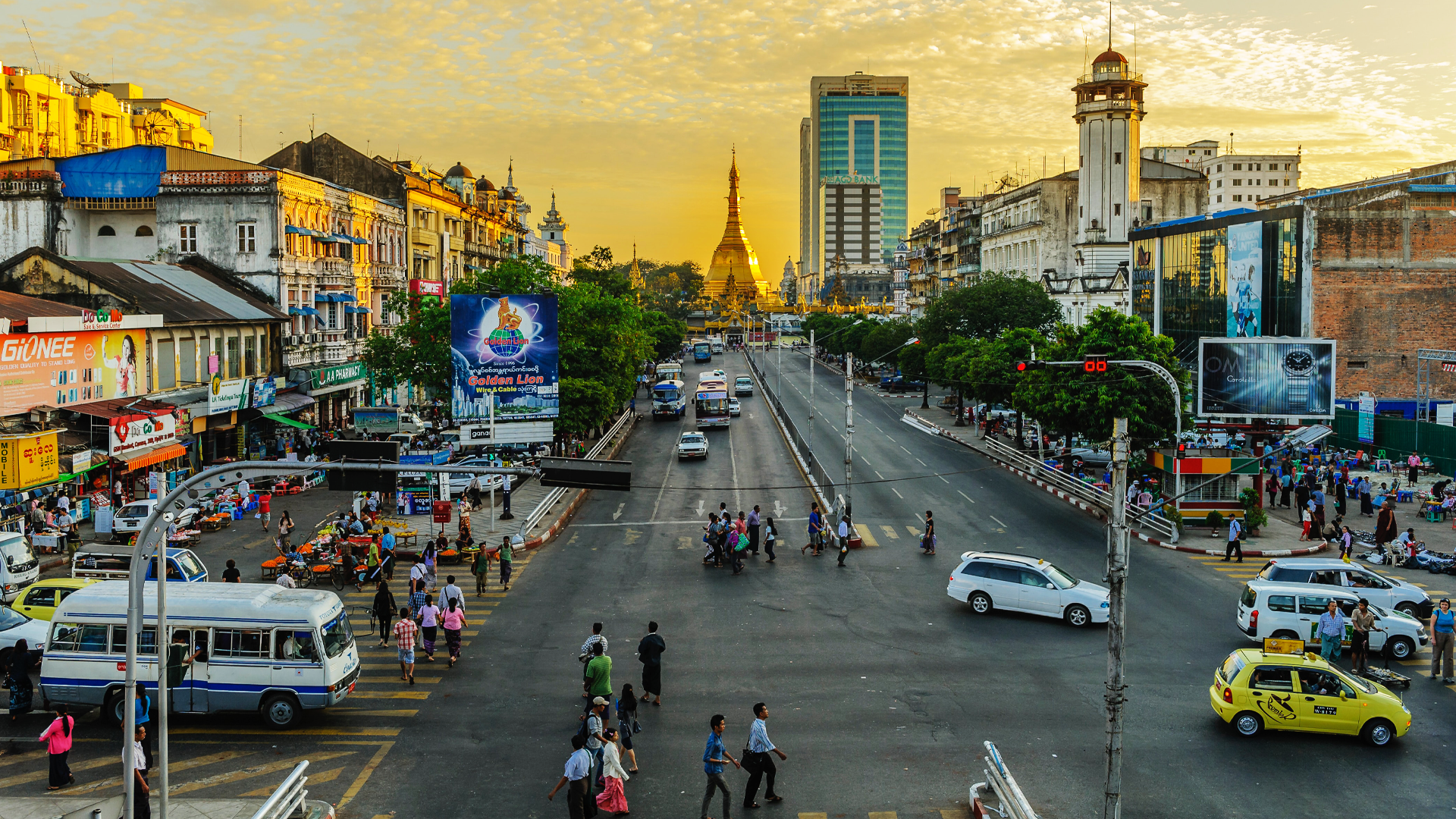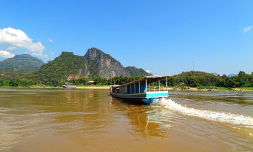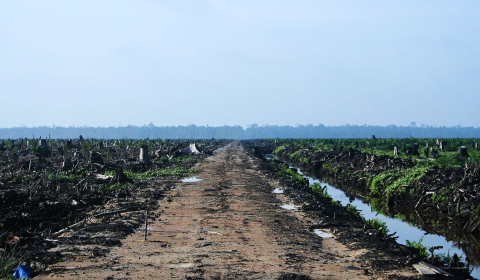Despite being absolutely critical, the road to mitigating climate change isn’t easy, especially in Southeast Asia.
Southeast Asia is home to more than 675 million people and faces many obstacles in its pursuit of a green future.
Comprised of ten countries, The Association of South East Asian Nations (ASEAN) is the fourth largest consumer of energy globally, making it one of the biggest players in achieving net zero.
Mitigating climate change is vital for this region as its countries stand to be the most heavily affected. Extreme weather events including typhoons, cyclones, floods, tsunamis, and earthquakes will worsen over the next century.
Southeast Asia is home to the Mekong River, a biodiverse region where thousands of plant and animal species thrive. It is also one of the most densely populated areas in Southeast Asia, with millions of people living along its banks and relying on it for commerce and trade. Due to its proximity, it is particularly vulnerable to the impacts of climate change, including rising sea levels, flooding, and droughts.
Despite all of this, 83% of Southeast Asia’s energy comes from fossil fuels, particularly coal, as it is both cheap and abundant. This heavy reliance has contributed significantly to the region’s greenhouse gas emissions.
Many Southeast Asian countries are now making efforts to transition to renewable energy sources such as solar and wind power, investing in renewable energy infrastructure and creating new incentives to switch.
However, China, Japan, and India are among the world’s largest greenhouse gas emitters. Their emissions have a significant impact on Southeast Asia.
China is the largest global emitter, and its increasing demand for fossil fuels and expansion of coal-fired power plants has contributed to air pollution and haze in Southeast Asian countries. All three nations have been criticized for their continued support for coal and lack of reduction targets.
Which organisations are looking to tackle climate change in a meaningful way?
To mitigate the impact of climate change on Southeast Asian economies, three leading organisations must act.
The Association of Southeast Asian Nations (ASEAN) is one of the most significant regional organizations involved in addressing climate change in the region. It aims to promote cooperation on climate change mitigation and adaptation efforts.
ASEAN has developed policies and initiatives to reduce greenhouse gas emissions, increase energy efficiency, and promote the use of renewable energy. The organization is limited by its consensus-based decision-making process, which can lead to slow progress and conflicting interests among member states.
In 2015, the ASEAN Plan of Action on Energy Cooperation was launched to increase renewable energy use and energy efficiency. In addition, the ASEAN Centre for Energy (ACE) was established to promote sustainable energy development and reduce greenhouse gas emissions.
ASEAN has also created a Disaster Risk Reduction Framework to address the impact of extreme weather events on member countries.
The Intergovernmental Panel on Climate Change (IPCC) is a leading international organization involved in the scientific assessment of climate change and its impacts. The IPCC’s assessments are based on the latest research and data from scientists around the world, and its reports are used by governments and policymakers to inform their decisions on climate change mitigation and adaptation strategies.
The IPCC’s Fifth Assessment Report in 2014 was a major scientific contribution to understanding the challenges and risks of climate change. The IPCC has also provided guidance on how to reduce greenhouse gas emissions and adapt to the impacts of climate change.
The United Nations Framework Convention on Climate Change (UNFCCC) is a treaty signed by many countries, including Southeast Asian nations, aimed at reducing greenhouse gas emissions to prevent dangerous levels of climate change.
The treaty sets an overall framework for global action on climate change, including a goal to limit global warming to well below 2 degrees Celsius above pre-industrial levels. The UNFCCC also oversees the annual Conference of Parties (COP) meetings, where member countries negotiate and agree on specific climate change targets and policies.
The Paris Agreement, adopted under the UNFCCC in 2015, set a goal to limit global warming to well below 2 degrees Celsius above pre-industrial levels. The UNFCCC also provides funding to support climate change mitigation and adaptation efforts in developing countries.




















